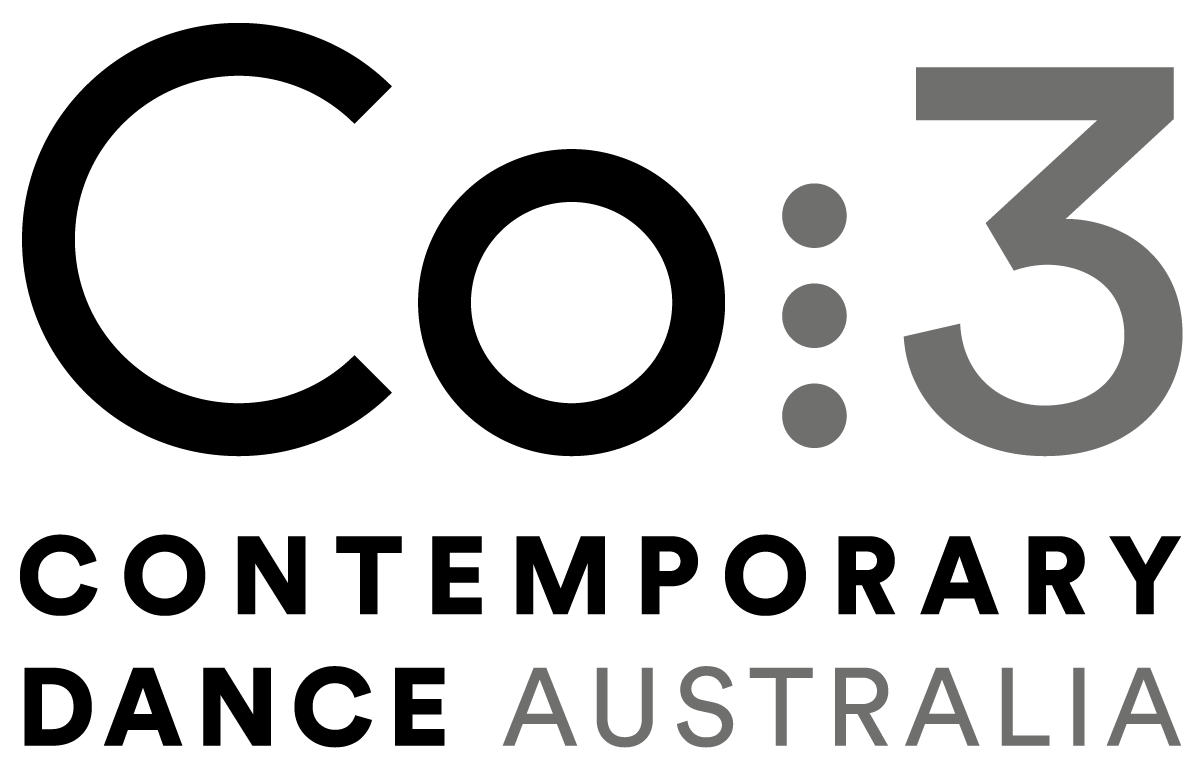Attracting new audiences to contemporary dance
From Artshub.
By turns abstract and emotive, celebratory and confronting, contemporary dance can be a difficult art form to sell to audiences.
At the recent APACA Conference in Melbourne, in a session about understanding audiences and exploring what people are and are not attending, Arts Centre Melbourne’s CRM & Data Analyst Jade Moore said that based on her analysis of ticket purchases: ‘The assumption that once you attended contemporary dance you were a contemporary dance lover for life, was not actually the case’.
With that provocation in mind, we’ve asked a range of dance sector representatives: does contemporary dance have an image problem (or perhaps a marketing problem) and what strategies do you think are most successful in terms of attracting new audience to the art form and keeping them engaged?
It’s a question that’s particular relevant in Western Australia, where the contemporary dance festival, MoveMe, has just opened, featuring new works presented by Co3 and Praxis, with an additional eight performances as part of the 2016 Australian Dance Awards.
‘Following significant research and brand development Co3 has undertaken a range of audience development and community engagement strategies and initiatives aimed at growing audiences and participation in contemporary dance.
‘Co3’s two-year residency at the Art Gallery of Western Australia places Co3’s Artistic Director as a “live exhibition” creating movement and demonstrating the choreographic process in an open rehearsal. Members of the public are encouraged to connect with the project and break down the barriers often associated with attending dance events.
‘Working concurrently in three areas, of youth and community engagement, education and main-stage programming Co3 is able to bring a range of tailored contemporary offerings for different sections of the community.
‘Developing audiences for dance is often trickier than more recognised art forms, but that’s where the challenge lies. With such a visual art form, this lends itself to creating content to share with audiences beyond the traditional theatre setting. Engaging these audiences through digital content online means starting a relationship before they enter the theatre, ensuring that eventually they do become audiences for life. It’s a journey but Co3, as a young company, is keen to go on it and develop audiences into the future. Through the company’s open developments, we are giving audiences a way in to the work that they might not usually get.’

